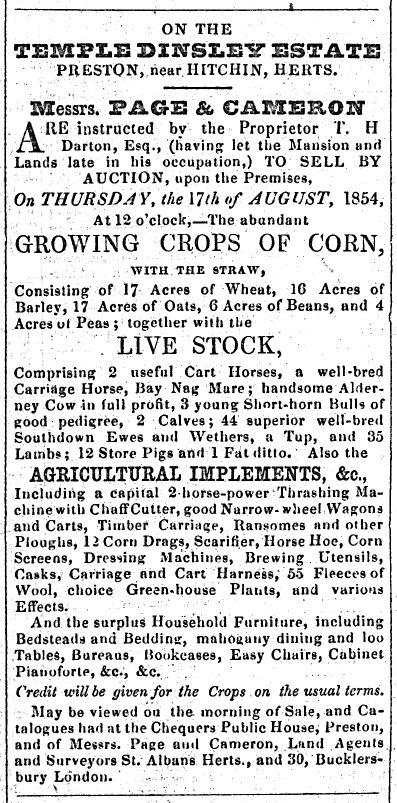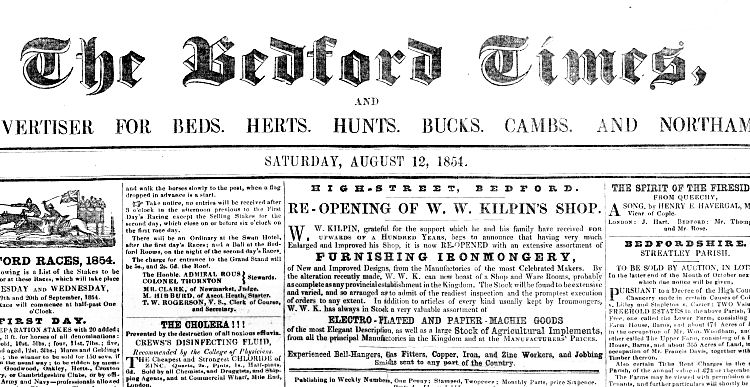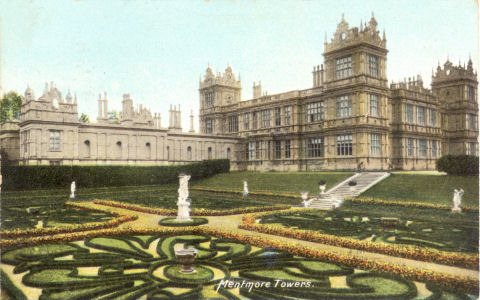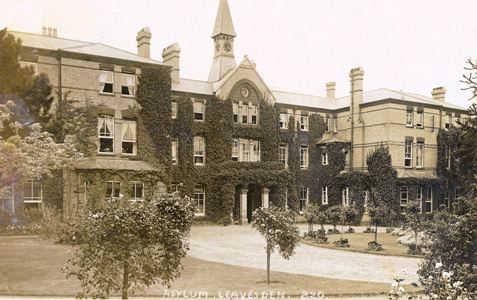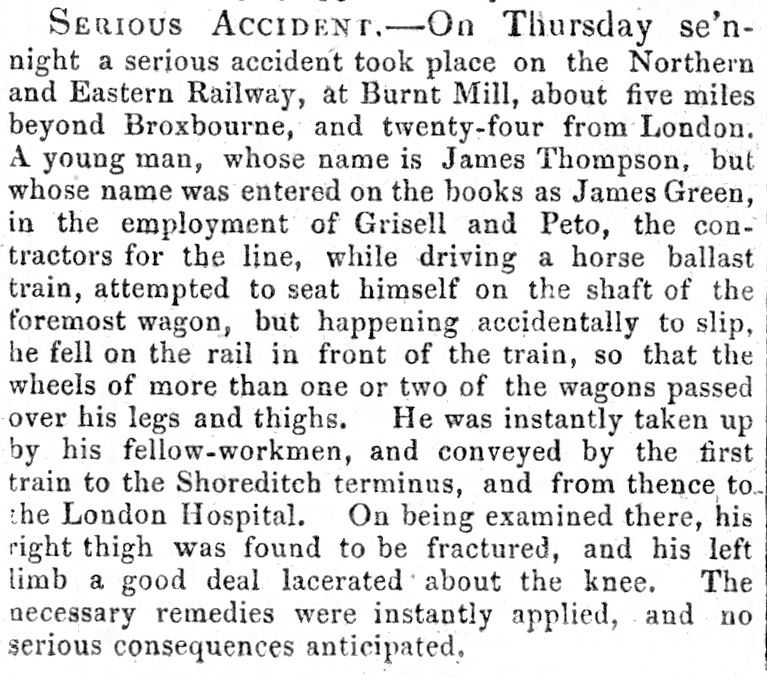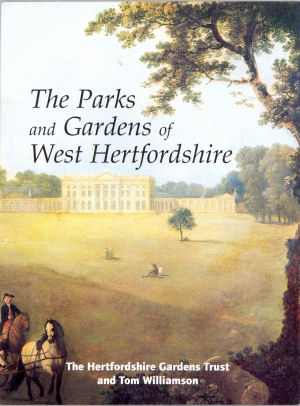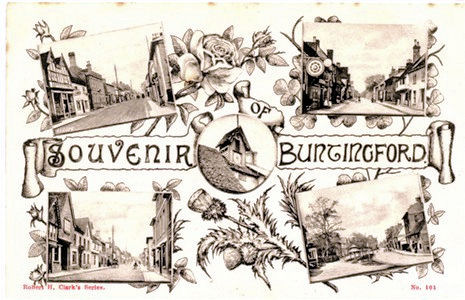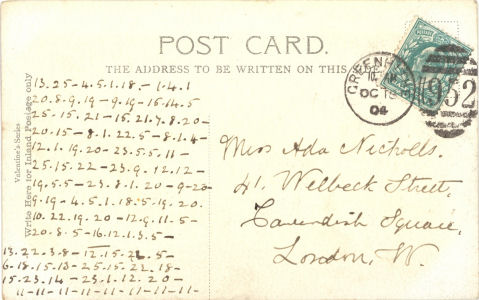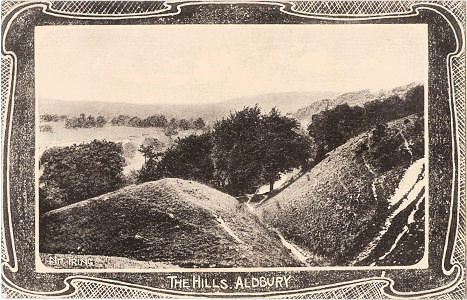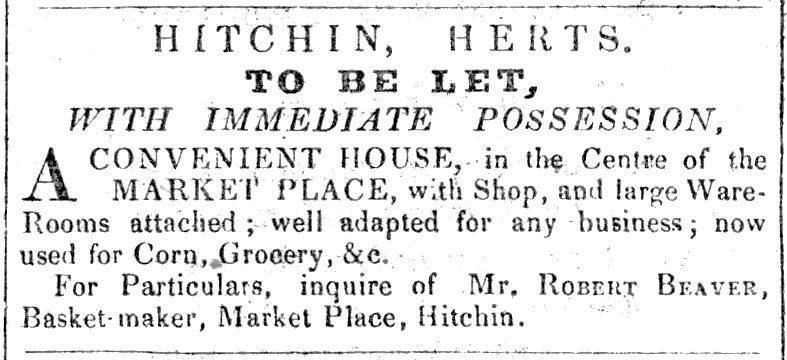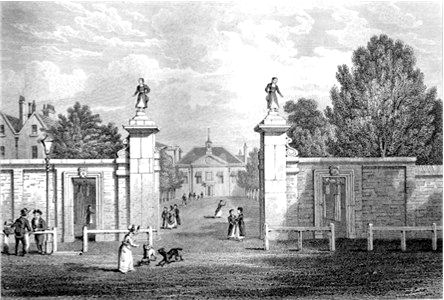Keith reported that his ancestor Irving Henry Fisher was born in October 1844 at Standon, Hertfordshire, and emigrated to America between 1867 and 1877. He wrote that he could not find details of Irving's birth or parents and asked for help. While Fisher is quite a common name Irving is unusual and the Irving Henry combination is probably unique. I quickly confirmed that a straight search of the online censuses and FreeBMD drew a bank.
Fortunately the newly released baptism records on FindMyPast came up with an "Irving Henry Fisher" who was baptised on 30 October 1842 at St Mary's, Ealing,
Middlesex, the son of Michael and Adelaide Fisher. Using this new information allowed me to find the registration of the birth of "Irven Fisher" at Brentford in Oct-December 1842. Irving's parents Michael and Adelaide Fisher could quickly be found in the 1841 census, revealing that Michael was an agricultural labourer. The 1851 census showed 8 year old "Ervin Fisher" in Ealing with his widower father, a housekeeper who was to become his step-mother, and several siblings.
The 1861 drew a complete blank with a search for "Irving" and variants - despite using all the tricks of the trade for likely errors, as he was not with his father and step-mother. So I decided to look for "Henry." I could not find a "Henry Fisher" born in Ealing and there were too many born in Middlesex of about the right age to be absolutely sure. However many could be ruled out simply by looking at the full household details and there was a promising 17 year old "Henry Fisher" candidate incarcerated in a reformatory in Wandsworth, Middlesex. If the reformatory did not reform him he may have had a good reason for wanting to leave England ...
There are some lessons to be learnt from this example. Around the middle of the 19th century many working class families could not read and write and less common names were often misspelt (and also sometimes misindexed). In addition people who left the country with a blot on their character could well have provided deliberately inaccurate information in their new country, to make it harder for their past in England to be traced. This may not have occurred in the case - as I am not 100% sure that the "Henry" in Wandsworth was "Irving Henry" from Ealing. One the other hand, in the days before centralised computer records, claiming you were from a completely different county could be sufficient to separate you from your past.

